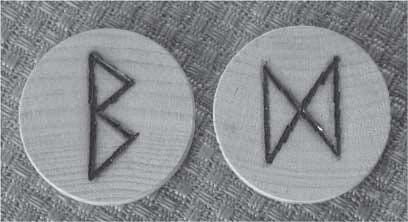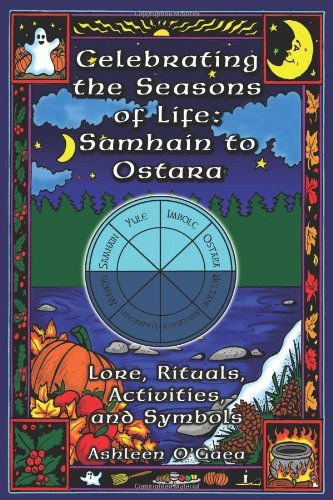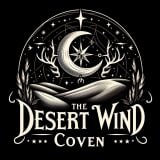
Berkana, fairly obviously, can look like a woman’s breasts seen from the top, or if she’s in profile, her breasts and pregnant belly. According to Freya Aswynn, Berkana symbolizes “the emergence of an agricultural society, based on settled villages, which replaced the hunting and gathering society.” Kveldulf Gundarsson, an Asatru law speaker and rune teacher, is the author of several articles on the runes and other Teutonic subjects. In Teutonic Magic (Llewellyn, 1994) he notes that the Earth “receives the sacrifice/seed and holds it within herself, guarding and nourishing it until the time has come for it to return to the worlds outside again.” He calls Berkana a rune of “bringing-into-being,” which relates it well to Spring.

